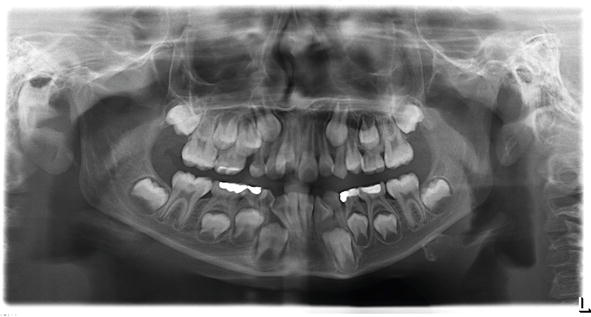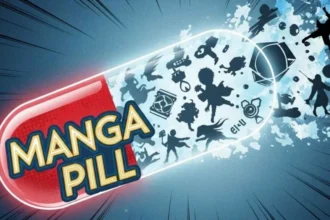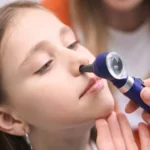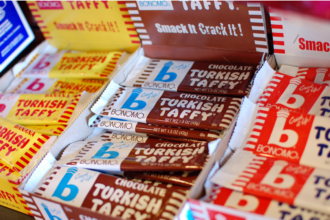Most of us think of a dentist as someone who cleans our teeth, fills cavities, or gives us braces. But the truth runs deeper—literally. A tooth is like a tree trunk. It holds rings of information, waiting to be decoded. From ancient skeletons to forensic crime scenes, teeth preserve clues that skin and muscle cannot.
How Teeth Preserve the Past
Enamel: Nature’s Strongest Time Capsule
Enamel, the outer layer of your teeth, is the hardest substance in your body. Once it forms, it doesn’t regenerate. That means whatever condition it was created in—be it in a time of nutrition, illness, or stress—it’s locked in forever.
Scientists can analyze enamel hypoplasia, characterized by tiny grooves or pits, to identify periods when the body was under stress, such as during famine or disease. These markers are especially useful in archaeological finds, offering a window into past civilizations and childhood hardships.
Forensic Dentistry: Identifying the Unidentified
Dental Records as Biological Fingerprints
Every person’s teeth are unique. This makes dental records a powerful tool in forensic science. In mass disasters—fires, plane crashes, or unmarked graves—where fingerprints may be destroyed, forensic dentists match dental records to remains.
Crowns, fillings, root canals, and even the shape of your bite can act like a fingerprint. Forensic dentists, or odontologists, also help in criminal cases involving bite marks, although this method is controversial due to reliability concerns.
Clues About Age and Life Stages
Teeth as Biological Calendars
Teeth erupt at specific times in life, so examining which teeth are present and their stage of wear gives researchers a way to estimate age. For children, the development of baby and permanent teeth is like a biological calendar. In adults, dental wear patterns and pulp size can help estimate age.
For example, pulp chambers (the soft tissue in the center of the tooth) shrink over time. Modern techniques like cone beam CT scans measure these changes with impressive accuracy.
What Your Teeth Say About Your Diet
Microwear and Diet Patterns
Looking closely at the tiny scratches and pits on your teeth under a microscope tells researchers what kind of food you’ve been chewing.
- Hunter-gatherers tend to have more wear due to coarse, unprocessed diets.
- Agricultural societies show different patterns, influenced by grain-heavy diets.
- In modern humans, the lack of tough chewing contributes to orthodontic issues like crowding.
Even fossilized teeth from hominins like Neanderthals show evidence of their meat-heavy diets compared to modern human ancestors who ate more plants and roots.
Teeth and Ancestry: Clues Hidden in Shape
Geographic Origins in Tooth Morphology
Believe it or not, the shape of your molars or the presence of shovel-shaped incisors can help trace your ethnic and geographic background. Certain traits are more common in different parts of the world:
- Sinodonty (shovel-shaped incisors) is common in East Asians and Native Americans.
- Sundadonty (simpler tooth shape) is typical in Southeast Asian populations.
- Carabelli’s cusp (a bump on the molar) is more often seen in Europeans.
Anthropologists use these traits to map ancient migration and mixing of populations.
Modern Applications in Healthcare
DNA and Saliva Extraction
Dentists now work with oral biologists and geneticists to extract DNA from the dentin or pulp of teeth. This is particularly valuable in cold cases or ancient human remains.
Your teeth hold clues not just to your ancestry, but also your genetic predisposition to diseases like diabetes, Alzheimer’s, and oral cancers. Researchers are actively developing non-invasive saliva-based tests for early diagnosis, making the dentist a frontline player in preventive medicine.
Dental Tourism and Cultural Practices
How Different Cultures Treat Teeth
From gold teeth in Russia to tooth sharpening in Africa, how societies treat teeth tells us about their values. In some cultures, tooth blackening was seen as beautiful and symbolic of maturity. In others, removing front teeth served religious or tribal roles.
Even modern cosmetic procedures like veneers and whitening reflect current beauty norms. The dentist, in this context, becomes part artist, part historian—shaping not just smiles, but identity.
Teeth in Pop Culture and Media
Why Dentists Are in Detective Shows
Ever noticed how often TV crime shows use dental forensics to crack cases? That’s because it’s based on reality. In series like CSI or Bones, the dentist is the unsung hero.
Even novels and films tap into the idea that teeth hold secrets—whether it’s a villain with gold teeth or a forensic clue found in a bite mark. This cultural fixation on teeth shows just how central the dentist’s role has become, not just in medicine, but in storytelling.
Conclusion: The Mouth as a Mirror of Life
A visit to the dentist isn’t just about brushing advice or filling cavities. It’s a journey through your biological story. Your teeth carry memories of meals, markers of health, and even emotional imprints from your past.
As technology advances and our understanding deepens, dentists are becoming not just healers of smiles but interpreters of identity, history, and hidden truths. So next time you’re in the chair, remember: your mouth might be saying more than you think.
FAQs
- How can dentists tell your age from your teeth?
Dentists look at which teeth have erupted, their stage of wear, and the shrinking of pulp chambers. These signs help estimate your age with decent accuracy. - Do teeth store emotional stress or trauma?
Yes. High stress during tooth development can cause enamel defects. Long-term emotional trauma can also lead to issues like grinding or excessive wear. - Can teeth tell where someone came from?
Definitely. Enamel forms from local water and food, so isotope analysis of teeth can show geographic origin. Tooth shapes also reflect ancestral backgrounds. - Are dentists involved in crime investigations?
Yes, forensic dentists help identify unknown remains using dental records, and sometimes assist with bite mark analysis, though that method is debated.

















